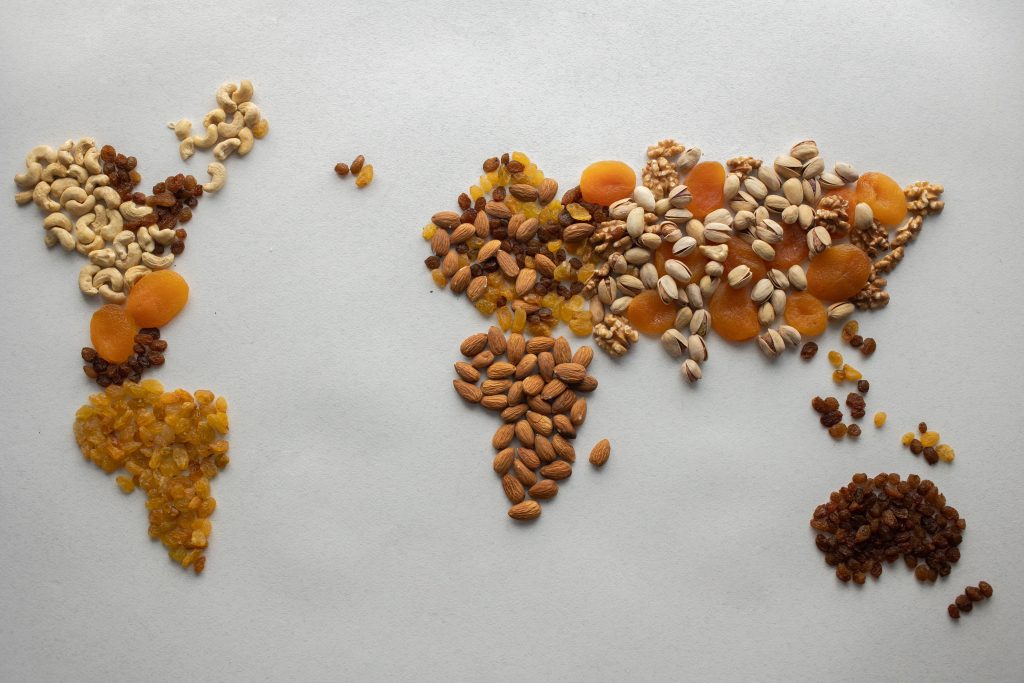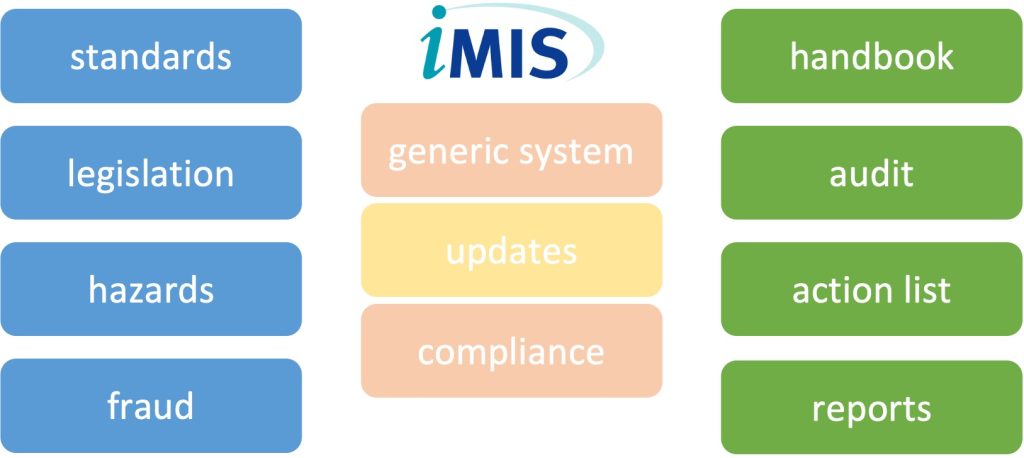Regulations foreign materials
There are various regulations in force to prevent foreign materials.
Windows:
The windows that could lead to a product contamination if they break are all protected against breakage.
Wood:
Wood can cause a product contamination issue by splinters. On the other hands, wood can also be a source of micro-organisms. In both cases there is a chance for cross-contamination. Where necessary, avoid wood in the production and storage cells with open products.
Metal:
Our consumers can choke/suffocate on small metal particles. To prevent this, several safeguards are in place (see procedure).
Loose components:
Loose-fitting parts can get into the product. Attention is paid to this during cleaning checks, hygiene checks, and the prerequisite program checks. Loose parts must be removed or secured immediately.
Machine parts:
To prevent components from ending up in our products due to breaks or disassembly, our machines are checked every day before the commencement of production. This is also checked again after production (during disassembly, cleaning, and assembly).
Packaging:
Through proper instructions, packaging material can be prevented from entering the product. Furthermore, all packaging is suitable for its intended use (specifications available).
The packaging is and will not be closed with staples or paper clips. Never use materials that could end up in the product or packaging.
When products are delivered where the packaging is closed with staples, the supplier must be informed. The opening must then take place in a separate room and under control.
Wrong Raw Materials:
We work according to fixed regulations. This, in combination with the procedure, prevents cross-contamination.
Allergens:
Everything is done to prevent cross-contamination with allergens. Especially when there has been a claim. Control through, among other things:
- Procedure;
- Cleaning;
- Routing.
Glass and hard plastic:
Glass and hard plastic are prevented. If the glass is necessary, it is recorded in the glass register. This glass is controlled and monitored regularly.
Lights/windows:
Lights are protected against breaks where necessary. This is to prevent contamination.
Claims:
When claims are issued, then they must be closely monitored and prepared/handled following fixed instructions.
Other:
Break blades are not used.
Materials which are not or hardly used are avoided by the department.
All possible abnormalities are registered.
Where necessary, materials are numbered to allow better possible control.
Related articles to What are some foreign materials hazards examples?
Many customers and visitors to this page 'What are some foreign materials hazards examples?' also viewed the articles and manuals listed below:



